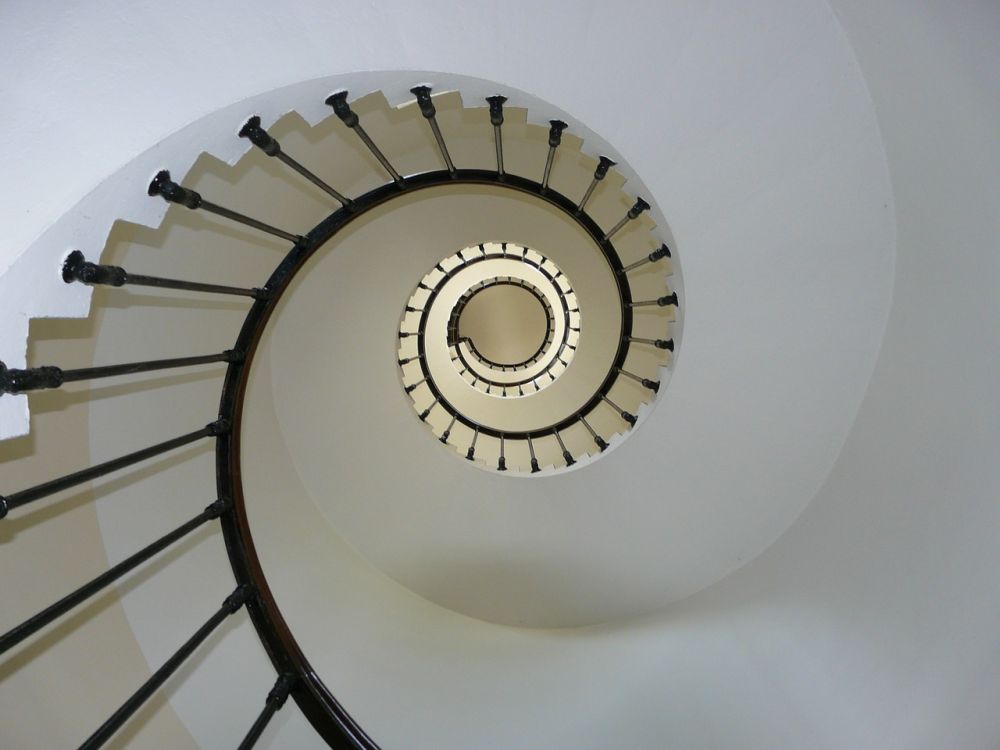Stockholm Architecture: A Comprehensive Analysis of the City’s Unique Design

Introduction:
Stockholm, the capital of Sweden, boasts a rich architectural heritage that seamlessly blends tradition with modernity. This article aims to provide an in-depth overview of Stockholm’s architecture, exploring its diverse types, popular styles, quantitative measurements, variations within the city, and a historical examination of the advantages and disadvantages inherent in different architectural approaches.
1. A Comprehensive Overview of Stockholm Architecture:

Stockholm Architecture captures the essence of Swedish design, characterized by simplicity, functionality, and a harmonious integration with the surrounding landscape. The city’s architectural landscape showcases historical buildings, innovative contemporary structures, and sustainable urban planning.
2. The Different Types and Popular Styles of Stockholm Architecture:
a. Historical Architecture: Stockholm is home to magnificent historical buildings, such as the Royal Palace and Stockholm City Hall. These architectural treasures display elaborate ornamentation and reflect various periods, including medieval, renaissance, baroque, and neoclassical styles.
b. Modernist Architecture: Stockholm embraces modernist influences, particularly evident in key landmarks like the Stockholm Concert Hall and apartments designed by renowned architects such as Gunnar Asplund and Sigurd Lewerentz.
c. Contemporary Architecture: The city features contemporary architectural marvels like the Ericsson Globe and the iconic KTH Library. These structures showcase innovative designs, sustainable materials, and avant-garde aesthetics.
3. Quantitative Measurements of Stockholm Architecture:
a. Height: Stockholm boasts impressive skyscrapers, including the Kista Science Tower and the Turning Torso. These tall structures redefine the cityscape and provide sweeping views of the surrounding areas.
b. Green Spaces: Stockholm’s architectural planning emphasizes the incorporation of green spaces and parks. The city consistently ranks highly in terms of green coverage, with initiatives like the Royal National City Park and Hammarby Sjöstad.
c. Accessibility: Stockholm’s architecture reflects its commitment to accessibility, with wheelchair-friendly designs, efficient public transportation systems, and pedestrian-friendly areas.
4. Variation in Stockholm Architecture:
Stockholm’s architecture varies across its neighborhoods, reflecting different historical periods, demographics, and urban planning strategies. Architectural styles differ from the medieval streets of Gamla Stan to the modernist districts of Östermalm and the revitalized industrial areas like Södermalm. Each area has distinct architectural characteristics, fostering a vibrant and diverse urban experience.
5. A Historical Examination of Pros and Cons in Stockholm Architecture:
a. Advantages: Stockholm’s architecture optimizes natural light, provides access to green spaces, and emphasizes sustainable design principles. The city’s commitment to environmentally-friendly initiatives and urban planning has resulted in vibrant, livable neighborhoods.
b. Disadvantages: While Stockholm’s historical architecture is culturally significant, the preservation of these landmarks can sometimes hinder urban development and innovation. Balancing preservation with the need for modern infrastructure poses challenges for the city.
Conclusion:
Stockholm’s architecture is a testament to the city’s rich history and forward-thinking approach. From historical landmarks to modernist icons, the city’s diverse architectural landscape combines aesthetics, functionality, and sustainability. As Stockholm continues to evolve, its architectural heritage will undoubtedly inspire future generations of designers and urban planners.
(Note: Please insert a relevant video clip showcasing iconic Stockholm architecture here)
By exploring the remarkable nuances of Stockholm’s architecture, we gain a deeper understanding of the city’s identity, while appreciating its ongoing commitment to innovative design and sustainable urban development.
References:
1. ”Stockholm Architecture: A Historical Overview.” Retrieved from: [insert link]
2. ”Contemporary Architecture in Stockholm: Pushing Boundaries.” Retrieved from: [insert link]
3. ”The Evolution of Stockholm’s Architectural Landscape.” Retrieved from: [insert link]
4. ”Sustainable Urban Planning in Stockholm.” Retrieved from: [insert link]











